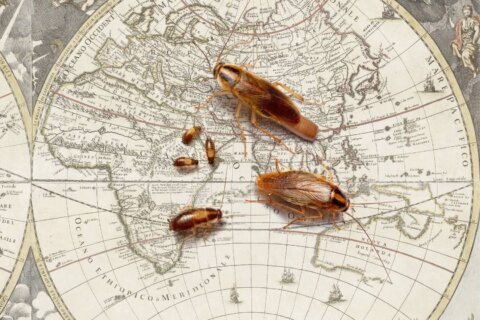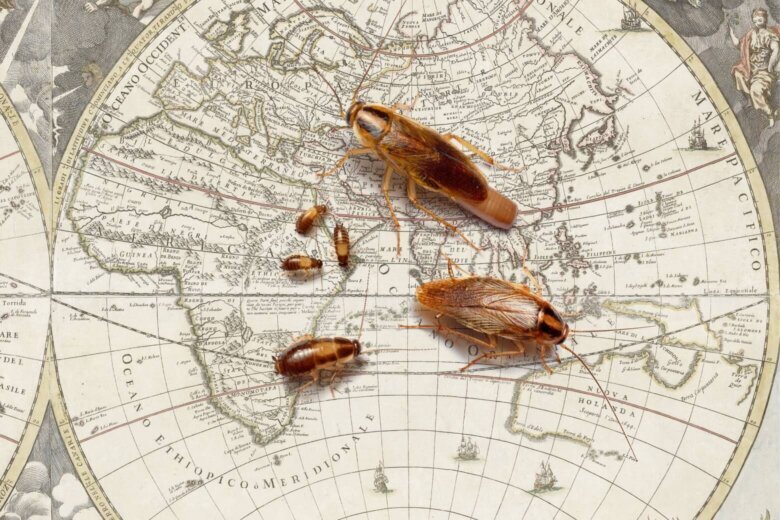
They’re the roommates no one wants, and no one wants to see them scurrying across the kitchen counter or floor when the lights are switched on: German cockroaches.
What has been known is they’ve lived in homes across the globe. But despite the name, what wasn’t known is where they originated from. A new study investigated that and found they didn’t come from Germany but instead from Asia some 2,100 years ago.
“People think about species evolving and happening tens or hundreds of thousands of years ago. So, this is a really recent evolution of a species,” said Warren Booth, associate professor of entomology at Virginia Tech.
The revelation comes after researchers, including Booth, examined the DNA of 281 German cockroaches collected from 17 countries across six continents. The study is published in Proceedings of the National Academy of Sciences journal.
“If we know where they came from, that allows us to start thinking about the insecticides that might actually be functional against, so we can use it in a way to help inform control,” Booth said.
The study examined the genetic structure of the bugs and found that the pests, which have become resistant to many pesticides, evolved from the Asian cockroach, its closest relative, most likely in human settlements in India or Myanmar.
The research showed the first historical references to the pests in central Europe came only 250 years ago.
“It’s where they were first really discovered,” Booth said.
Retracing the early steps of the species, scientists believe international commerce initiated the spread of the bug, and two main routes were identified. One westward route that began 1,200 years ago coincided with Islamic dynasties in the Middle East. The other eastward route, which began 390 years ago, lines up with the European colonial period.
While Europe was not where the pest began moving indoors, it is believed the region’s advances in long-distance transportation and climate-controlled homes fueled the most recent global spread.
“They’re really kind of remarkable species in a really creepy way,” he said.
The bugs can’t fly and are not found in the wilderness, so Booth said we are the ones that continue to move them around.
“With German cockroaches, we have to pick them up and move them. So, whenever we’re moving homes, if they get into packing boxes, into commerce, if they get into boxes for packing, we’re the ones that are spreading them,” Booth said.
Researchers said more studies need to be done to learn more about the spread and evolution of the insect, which they said imposes significant social, medical and economic costs because of its resistance to pesticides.
Get breaking news and daily headlines delivered to your email inbox by signing up here.
© 2024 WTOP. All Rights Reserved. This website is not intended for users located within the European Economic Area.









